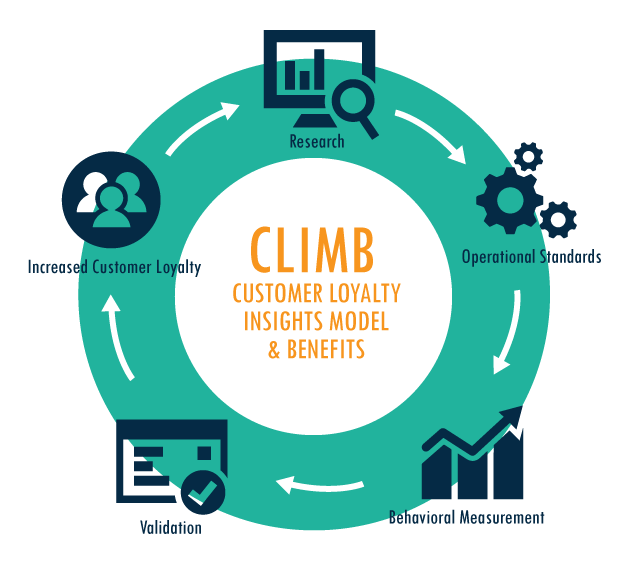When you’re doing things right, your customers should be giving you credit for it. When you have things to improve upon, your customers should be the first to have an opinion about it. This is a pivotal step of CLIMB – the validation step where you ask your customers…How are we doing? Did it work?
My Experience at a Local Cafe
Last Monday I found myself at Café Bassam in Banker’s Hill, San Diego, relaxing after a long and energizing day at work managing client requests, searching for hidden nuggets of insight in piles of data, and answering questions. It was nice to relax with a cup of hot cider and do something I love – write.
I won’t spend too much time talking about my experience at Café Bassam, but only because if you’re really interested you can read about it here. And here. And here.
If you took my bait and clicked the links above, you now know that Café Bassam is my new favorite coffee shop in San Diego. There’s a lot to love about this place, and I’m sure the owners and management put a lot of work into making it a great coffee shop: a relaxing, fun, and smoothly run operation. If I had to venture a guess, I’d say that the owners of probably went through a process something like this when Café Bassam opened in 1991:
- Research about what their target market wants. This may have been an easy task, given that Café Bassam only has one location. If the owners happened to be Banker’s Hill natives, and active in the community, they probably already had intimate knowledge of what their neighbors are looking for in a local coffee shop.
- Staff training to the owners’ customer service expectations. Customers come to coffee houses for a number of different reasons – some to study, others to meet friends, some to get a quick cup and leave, and even the few who relax from the work day and write a customer experience blog post. Training employees to be sensitive and reactive to each customer need is not an easy task, but the owners here have done an exceptional job.
- Listening to their customers on a daily basis–I would be surprised if Café Bassam’s pay when you leave policy has been in place since opening day in 1991. More likely, customers complained about the long wait to a) get their order in, compounded by b) watching each customer in front of them fumble for their wallets, dig for change, sign a credit card receipt, or whatever else was unnecessarily standing between them and a hot cup of tea. Café Bassam recognized what was most important to their customers was to order their coffee and immediately relax in a comfy chair. You don’t stay in business for 22 years without identifying customer needs and desires, and make changes!
How to Listen to Your Customers
So…listening to your customers is easy, right? All you have to do is hire location managers who are willing to listen to customer feedback and then implement change. No problem – where do I collect my profits?
Not so fast. I don’t want to minimize what Café Bassam has done here, because it’s truly a masterpiece of a customer experience. But, building a great customer experience in one location, with owners and management who have strong roots in the community is a different animal from creating a consistent, and great customer experience across hundreds—or thousands of locations. I would be impressed if anyone could replicate what was done here at Café Bassam even once.
Notably, listening to the voice of your customers becomes exponentially more complicated as your location count begins to grow. At a certain point, you can no longer rely on local management to relay customer complaints and praise to senior management, nor should you. The introduction of human (local management) bias into a customer feedback system can be dangerous – and it’s amplified by each new location added.
Tools to Help You
As your location count grows, you need a framework for receiving and responding to customer complaints, requests, and praise. Whether this is done through Voice-of-the-Customer surveying, social media monitoring, or both (hint: this is the right choice), a plan and process for gathering and responding to your customer’s voice is a necessity in today’s competitive environment.
Café Bassam’s baristas may be doing everything that their management has told them to do, executing “to a T”, passing mystery shops with flying colors, but if this isn’t resulting in happy customers, what’s the point? This is the validation phase of the CLIMB approach in full swing – listening to your customers’ voices allows you to recalibrate the customer service machine, affirming areas where your operational standards are on-point, and revealing areas that need more attention/research.
Without validation, a great customer experience can turn into an old, tired experience that pushes consumers to competitors – competitors that are willing to listen!
Want to talk more about CLIMB? Continue the conversation on Twitter with #LearningtoCLIMB

